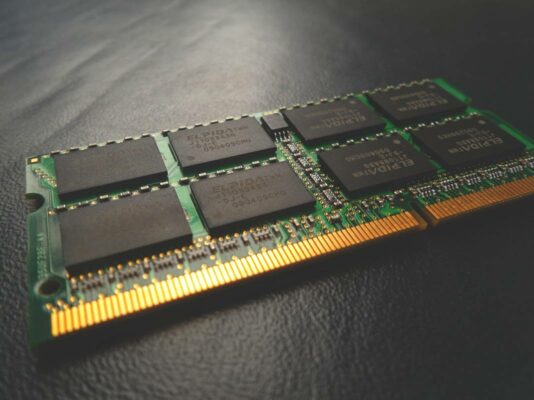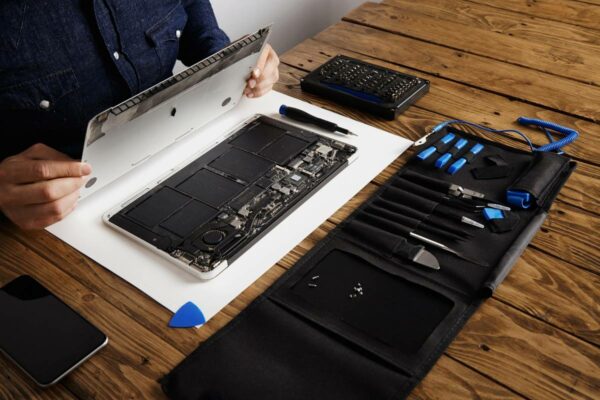Laptop Upgrades
Upgrade or upgrade options for your laptop
People have started to ask us a lot about upgrading or modernising their laptops. So we’ll try to tell you briefly in a simple way: what? how? and how realistic it is to do it.
Upgrading a laptop can extend its life, improve the quality of work and, of course, give you the satisfaction of having a “favourite” that works better and faster. And upgrading itself is often more profitable than buying a new model.
It should be noted that even small improvements can have a significant impact on the subjective and objective performance of a laptop: doubling the amount of RAM, installing a faster and more capacious hard drive. There are also, so to speak, cosmetic changes that do not improve performance but improve the appearance – replacing the LCD display, case, keyboard, for example.

It should be noted that upgrading a laptop will cost you more than upgrading a desktop PC, and in some cases is impossible. You should also pay attention to the fact that when a laptop is still covered by warranty service, most manufacturers prohibit work on changing the configuration of the device.
Some key upgrades are quick and give a great return on investment, and immediately. The best example is the upgrade of RAM and hard drive: applications get more hardware resources, so the performance increase is immediately noticeable.
What can and cannot be updated?
The design of laptops and components is often unique. Many parts are only suitable for certain models. Tiny dimensions force manufacturers to create their own solutions to fit all the necessary functions into the most compact laptop case possible. In turn, this explains why many laptops are expensive and difficult to upgrade. Many components are designed only for a specific model, often even soldered to the motherboard.
Therefore, unlike desktop computers with modular designs and expansion standards, laptops usually support their own component design standards, depending on the specific laptop model and manufacturer. With the exception of hard drives and memory modules, which are standard in almost all laptops, most models are very individual and demanding in terms of hardware configurations. This makes it difficult to replace laptop components. Sometimes it is not possible to upgrade at all.




